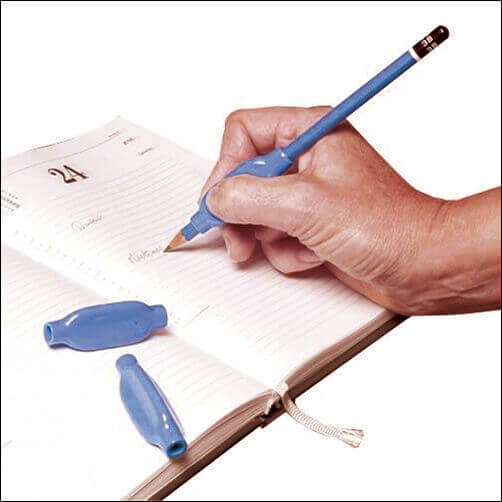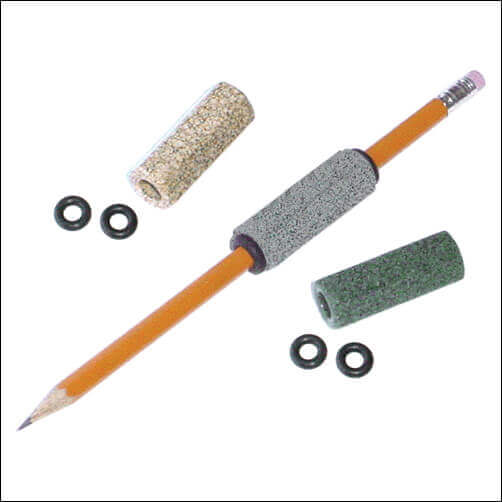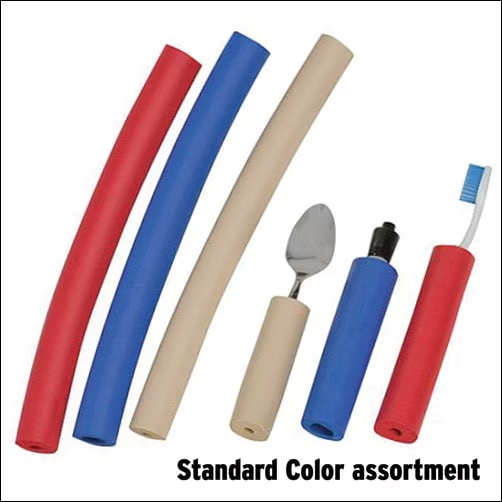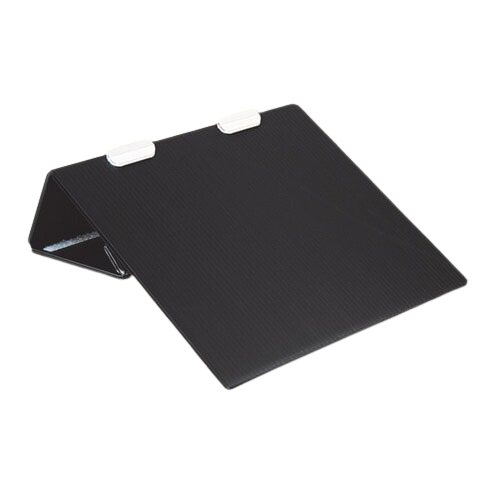Summer activities are filled with opportunities for the continued development of skills learned during the previous academic year. Summer activities also provide numerous opportunities to develop and build skills that will be needed for the upcoming school year.
Play Ball! The visual tracking and coordination needed to accurately catch and throw a ball is linked to academic skills like copying from the board and handwriting. Help develop these vital skill areas with simple ball games. For beginners try using Magicatch or Gertie Balls; these types of balls are easier to catch and help to build confidence while ball skills are developing. Build strength and increase body awareness using a weighted ball for a backyard bowling game! Add a sensory element with Porcupine Balls, Koosh Balls, or Slush Balls.
Draw! Drawing offers many opportunities to develop visual perceptual skills and fine motor control, essential elements needed for handwriting. Step by step drawing books, like How To Draw or the Ed Emberly drawing books are great ways to work on these skills along with working on direction following. In the summertime you can get extra creative with drawing mediums and canvases. Sidewalk chalk or drawing pictures in the sand are great options for warmer days. On rainy days, there are many options for indoor art projects! Tape drawing paper to the wall or the under sides of a table to help develop shoulder strength and stability. Try drawing pictures in shaving cream or whipped cream for a fun sensory experience.
Solve a Puzzle! Dot to Dot Books, Hidden Picture Activities, and mazes are great rainy-day or long car ride boredom busters! They also offer opportunities to build visual perceptual skills and fine motor control that are essential for neat and legible handwriting.
Cooking & Crafts! Students in older grades will be expected to follow schedules and take on large, multi-step projects. Crafts and cooking activities are great ways to prepare for these challenging expectations. These activities offer opportunities for learning how to follow sequential steps, manage time, and problem solve. Try the free Make & Eat Activities from Sensational Fun!
Play a Game! With so many game options available there is no limit to the skills you can work on! Target executive function skills with the game Rush Hour, work on handwriting skills with Letter Treasure Hunt, develop directionality skills with the game Left Center Right, or work on grammar skills with the game NOVENOPS! For more ideas check out Therapros’s handy guide, Gear Up For Games!



Keep skills sharp and prepare for the upcoming school year with summer fun!






